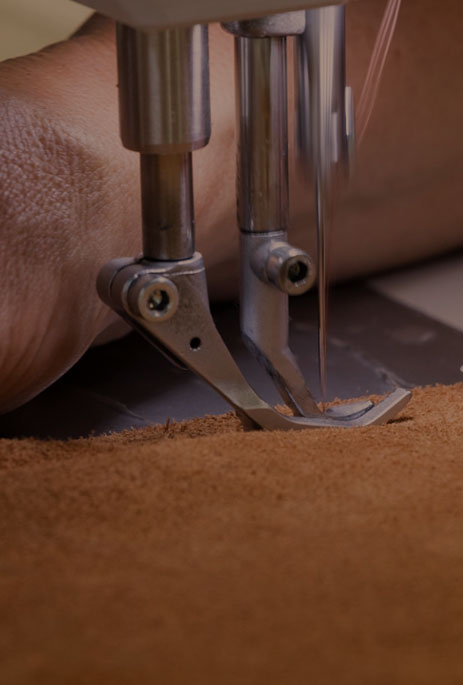SSLIE COUNTRIES
OVERVIEW OF RWANDA’S LEATHER INDUSTRY
Rwanda is a member of the East African Community with a population of approximately 13 million. Kigali is the capital city and the economic, transport and cultural hub in Rwanda.
The national herd (2018) is estimated at 1.35 million cattle, 0.63 million sheep, 2.53 million goats, with an off-take rate of 20, 28, and 29 percent for cattle, goats, and sheep respectively. The potential annual production of skin is 199,000; 695,000; and 107, 900 for cowhides, goatskin and sheepskin respectively. The quality of raw hides from Rwanda is boosted a lot by their zero grazing system, the ban of iron marking on cattle, and continuous capacity building of slaughterhouse workers.
The Rwanda leather industry is still at a nascent but growing stage, making it an ideal investment destination for actors in the leather industry. The quality of its livestock is excellent, presenting a huge business potential waiting to be explored.
Rwanda considers leather as a priority sector, with the leather sector or cluster being among the twenty most competitive SME clusters in the country, providing services and value addition throughout the supply chain. In recognition of this, the Government has put in place different initiatives to promote the leather cluster/industry. A Leather Community Processing Centre (CPC) has been established; incubation centers have been opened; financial facilities have been made accessible; and policies have been passed that support a conducive business environment.
In 2014, Rwanda exported raw hides and skins worth US$ 14 million. Transformed into finished leather products, this could have generated about US$ 170 million. By 2017, imports of new leather footwear reached U$18.1 million from U$10.6 million in 2012. Transforming the Rwanda leather industry into a manufacturing and net exporting sector is a huge opportunity waiting to be explored. With a very supportive government keen on complementing the transformation of this sector, investing in the Rwanda leather sector is clearly very good business.
Experts in the sector have recommended for emphasis on production of good quality of raw Hides and
Skins through development of grading system and quality
certification programmes and finally a pricing system that is
dependent on quality grades to attract premium prices. Further there is a need to develop the human capacity to enhance skills, set up a market structure and create a enabling business environment to attract investment.

Participating countries

